Stepping Into the Display: Experiencing HTC Vive
by Joshua Ho on September 14, 2015 8:00 AM EST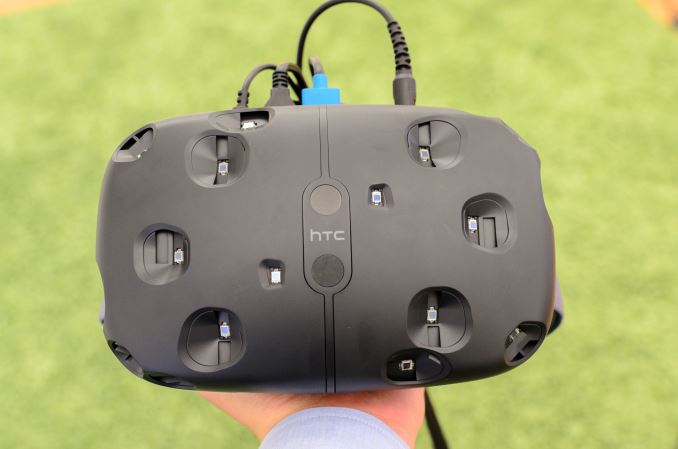
Almost every day, we hear about revolutions in technology. A smartphone is often said to have a revolutionary camera, display, or design. This kind of marketing hyperbole is present throughout the tech industry, to the point where parodies of it have appeared on TV.
We often hear the same language when discussing VR as well. For the most part, I haven’t seen anything to show that VR is worthy of such hyperbole, but I've only experienced mobile VR while covering mobile devices. Almost every mobile VR headset like Gear VR or Google Cardboard just doesn’t work with glasses very well, if at all. In the case of Gear VR, pretty much any time I’ve tried it I found it to be a cool experience, but not really anything that would be life-changing. I just didn’t see the value of a video in which I have to be the cameraman. Probably the best example of this was the OnePlus 2 launch app, in which I would miss bits of information in the video just because I wasn’t looking at the right place when something appeared and disappeared.
A week ago, I was discussing my thoughts on VR with HTC when they realized that I had never tried their VR headset, the HTC Vive. A few days later, I stepped into one of HTC’s offices in San Francisco, expecting the experience to be similar in feeling to what I had seen before.
The room I was in was relatively simple. There was a desktop PC that was running the whole system that definitely had a good amount of computing power in it judging by the 10-12" long video card (single GPU) and what looked like an aftermarket heatsink fan unit on the CPU, though I wasn’t able to get any details about the specific components in the system. Other than this, two Lighthouse tracking devices were mounted on top of some shelves in the corners of the VR space.
Sitting in the middle of the VR space was an HTC Vive. There were cables running out of the headset, but the two controllers were completely wireless. The display is said to be 1080x1200 per eye, refreshing at 90 Hz with a field of view of 110 degrees or greater. Two headset itself contains one HDMI port and two USB ports to connect the headset to the PC. The motion tracking is also supposed to have sub-millimeter precision, with angular precision to a tenth of a degree. With the two tracking stations, the maximum area for interactivity is a 15 foot square.
Putting the headset on was simple. There were some adjustable straps that hold the display component to the eyes, and there was more than enough space in the headset to allow me to wear my glasses and see the sharpness of the display. Right away, I noticed that it was important to make sure the straps were tight. If I pushed down on the display, it would lose clarity until I pushed the headset up again to keep it in the right position. I also noticed that the subpixels of the display were subtly visible when looking at a pure white background, which suggests that there is room to improve in the resolution department.
At this point, the person managing the demo held out the controllers. One of them had a color palette on the touchpad, but the color of the controller was otherwise grey in this virtual world. I reached out and grabbed both controllers on the first attempt. I couldn’t see my hands, but the controllers were moving with my arms. I could walk around in this area. If I tried, I could inflate a balloon and hit it with my hands. The balloon bounced in reaction, as a balloon should.
The demo loop started after this small tutorial. These demos were the same that Ian had seen before, but I was now seeing it for myself. I was standing on a wrecked ship on the bottom of the ocean. Fish were swimming around me, and if I walked around the ship or flailed my arms, the fish and the water around me would react. An enormous whale swam by and then everything went black.
The next demo was a simulation of a job. There were various ingredients in the kitchen that surrounded me, ranging from eggs to tomatoes. A robotic voice read out a list of ingredients, and I turned to look at where the voice came from. The robot had a display, with a checklist of the previously described ingredients. I instinctively looked around and reached towards some tomatoes and picked them up to drop them in the pot, repeating this until a soup can appeared. I picked it up and dropped it in the pan. The next task was to make a sandwich. I placed and egg and other ingredients between two slices of bread, which made the sandwich.
The final demo was familiar. A robotic voice asked me to place each controller in a receptacle of some sort to be charged, then asked me to open various drawers before closing them. A robot then walked into the room and I stepped away from the robot as it stumbled in unpredictably as it was much bigger than I was. I was told to press some buttons and pull some levers to open it for repair, and I cautiously walked towards it to do so. Some directions to fix the robot were spoken quickly and it was impossible to keep up. Eventually, the entire robot fell apart on to the floor, and the robot was removed. The walls and floor of the room began to disappear until a single platform remained, and I stepped away to avoid falling into the abyss. Eventually, GLaDOS appeared to criticize the work done, and the room was completely sealed.
That was the end of my experience. I took off the headset, headphones, and set the controller down. In some ways, I felt a bit groggy as if I had just woken up from a dream. I was reflecting upon what had happened when I tried to look at my phone closely. I immediately got a sense of vertigo and had to sit down to gain my bearings. The room wasn't spinning, but I was definitely disoriented.
In some ways, the fact that I got vertigo is a bad sign. When I thought about it, I realized the problem that I had was that HTC Vive isn’t a perfect simulation of human vision. In the underwater boat demo, my eyes were always focusing on the display, which appeared to be distant. However, fish swam by extremely close to my eyes staying perfectly in focus with no double vision effects. When I tried to do something similar after the demo, I was disoriented because the real world didn’t work the same as Vive.
Tiltbrush on HTC Vive with Glen Keane
In my mind, Vive had already become my reality. HTC Vive, even in this state, was so incredibly convincing that it had become my reality for half an hour. I was fully aware that this wasn’t real and that I could take off the headset at any time, but at the same time it was so thoroughly convincing that at a subconscious level I was reacting to what I saw as if it was real. In that sense, HTC Vive is almost dream-like. It feels real when you’re interacting within the world that is contained within the headset, but when you take it off you realize what was strange about it. Unlike a dream, you can go back just by putting the headset on again.
In a lot of ways, HTC Vive is hard to describe because of its rarity. I’ve always been around personal computers, and while the modern smartphone was a great innovation it’s always been a connected mobile computer to me. There are other VR headsets out there to be sure, and these headsets were all neat to use, but HTC Vive is life-changing. It is a revolution.


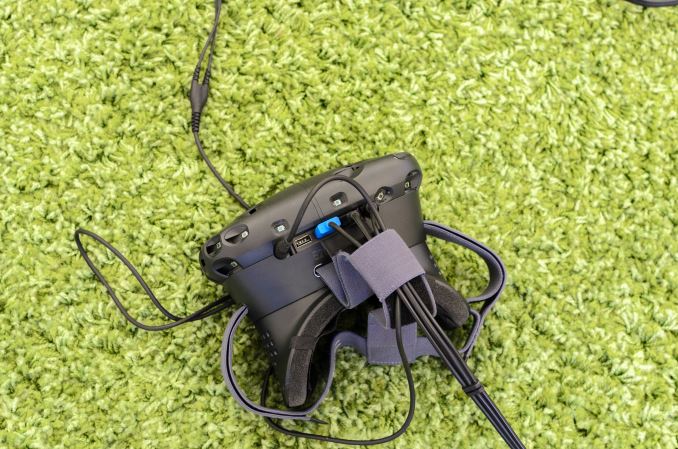
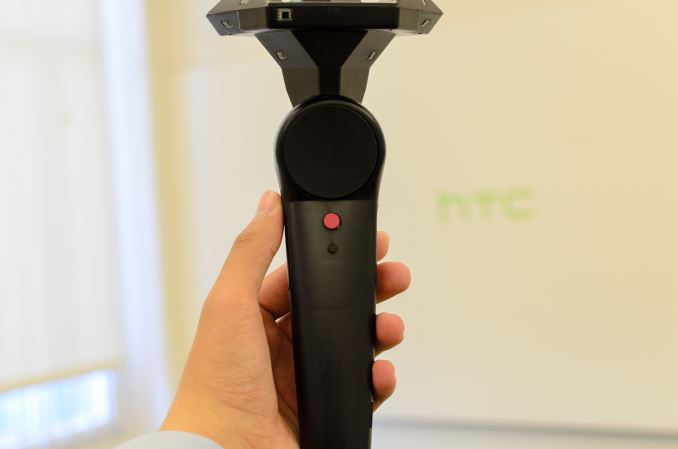
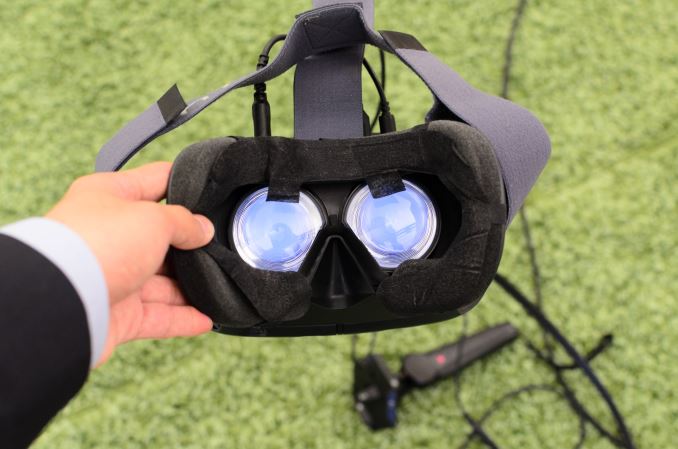
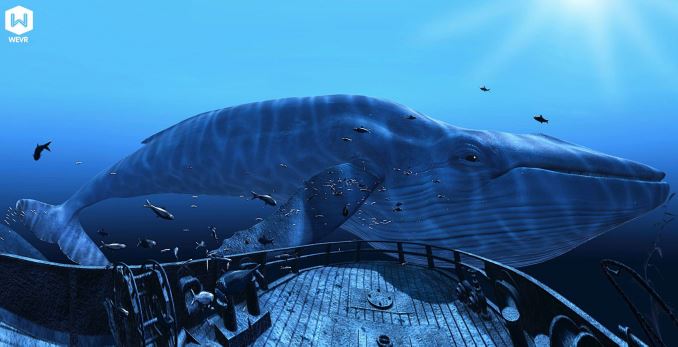
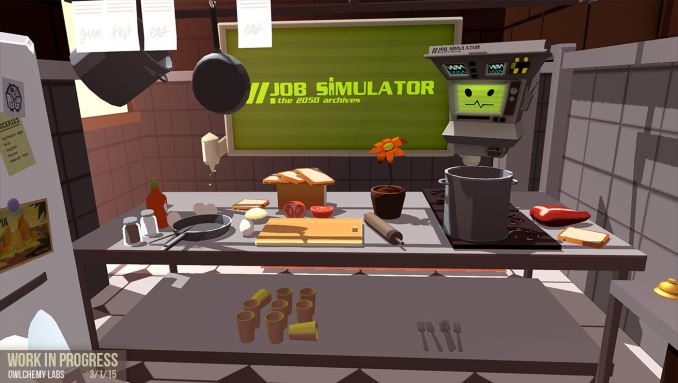
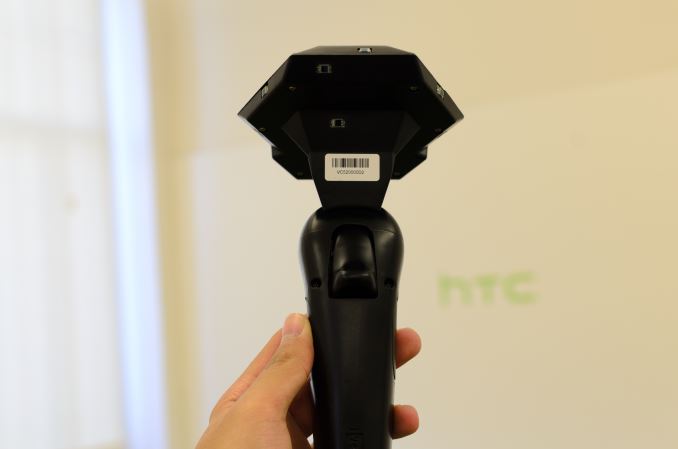








27 Comments
View All Comments
tonyoramos1 - Monday, September 14, 2015 - link
Has the author tried the newest Oculus Rift demo with motion controls? I'm curious how Vive compares. Not sure if the Oculus motion controls have been demoed yet to pressedzieba - Monday, September 14, 2015 - link
Oculus Touch has been demoed at several events to the press, but usually the demos are invite-only due to the more involved setup (two rooms, one person in each with a CV1 + touch setup, networked in the same virtual space) and longer duration.Badelhas - Tuesday, September 15, 2015 - link
This is a subject that I am really excited about since I truly hope it revivals my interest in gaming, which I lost some years ago and I really miss. I believe I will be one of the early adopters and I hope AnandTech continues to analyze and write about VR, hopefully more often.akbisw - Tuesday, September 15, 2015 - link
"Two headset itself contains " Should be The headset. #typoBu11dog - Tuesday, September 15, 2015 - link
I was the QA Manager for HTC Vive and worked with content producers to deliver the best VR user experience. Even with HTC's disappointing financial results which turned to work force reduction, I still have to say Vive delivers the best full VR experience that truly is the game changer.My team spent hours running demos and comparing user experience between Vive and other VR HMDs, mostly Oculus Rift. The ability to walk around VR world and engage objects in 360 degree view creates a environment not only for gaming but also other contents like walking around a art museum and examining artifacts up-close. The job training game is the other great example the concept can be used in rehabilitation.
One thing to keep in mind is OpenVR SDK is open source and as soon as Valve decides to open source the technology for HMD, Lighthouse and controller, there will be many Vive clones out in the market. Just like when HTC made the first Android smart phone G1 and may other companies followed.
bji - Wednesday, September 16, 2015 - link
Wow sorry to hear about your job loss due to HTC downsizing. Sounds like an exciting time to have been at the company, I wish it could have lasted longer for you.Can you describe any ways in which the Vive was inferior to other headsets? Weight, comfort, display quality, lens quality, etc? Was there anything? Or was the Vive just superior in every way.
I personally find the Vive the most compelling of all of the VR headsets that have been announced and just cannot wait until they are released. I am in the process of building a new PC just for the purpose of being able to drive a Vive. For the first time in my life I'm buying an expensive ($500) video card, it's a brave new world for me for sure!
Bu11dog - Wednesday, September 16, 2015 - link
bji, thank you for the kind word. Yes it was a really exciting job to be able to test different VR setups everyday. Too bad, HTC is in financial trouble but the good news is we transferred all testing knowledge to QA teams in Taiwan. They will continue our works and ensure HTC delivers the best VR experience by release Vive end of this year.Here is the PC spec. from our VR Test Lab:
• NVIDIA GTX 970 / AMD 290 equivalent or greater
• Intel i5-4590 equivalent or greater
• 16GB+ RAM
• Compatible HDMI 1.3 video output
• USB 3.0 or greater
Compares with other VR setups, Vive requires higher spec. PC to drive it. We calculated the minimum spec. will be around $1500 price range. Vive HMD v1 is heavier and not as comfortable compare to Oculus Rift. In addition, setting up the lighthouse correctly requires some trial and error. However after everything setup correctly, Vive is the best in its own class and it makes all other VR experience feels like Virtual Boy!
Here is the Vive setup document if you like to start preparing for it: https://dl.dropboxusercontent.com/u/9855505/vr_set...